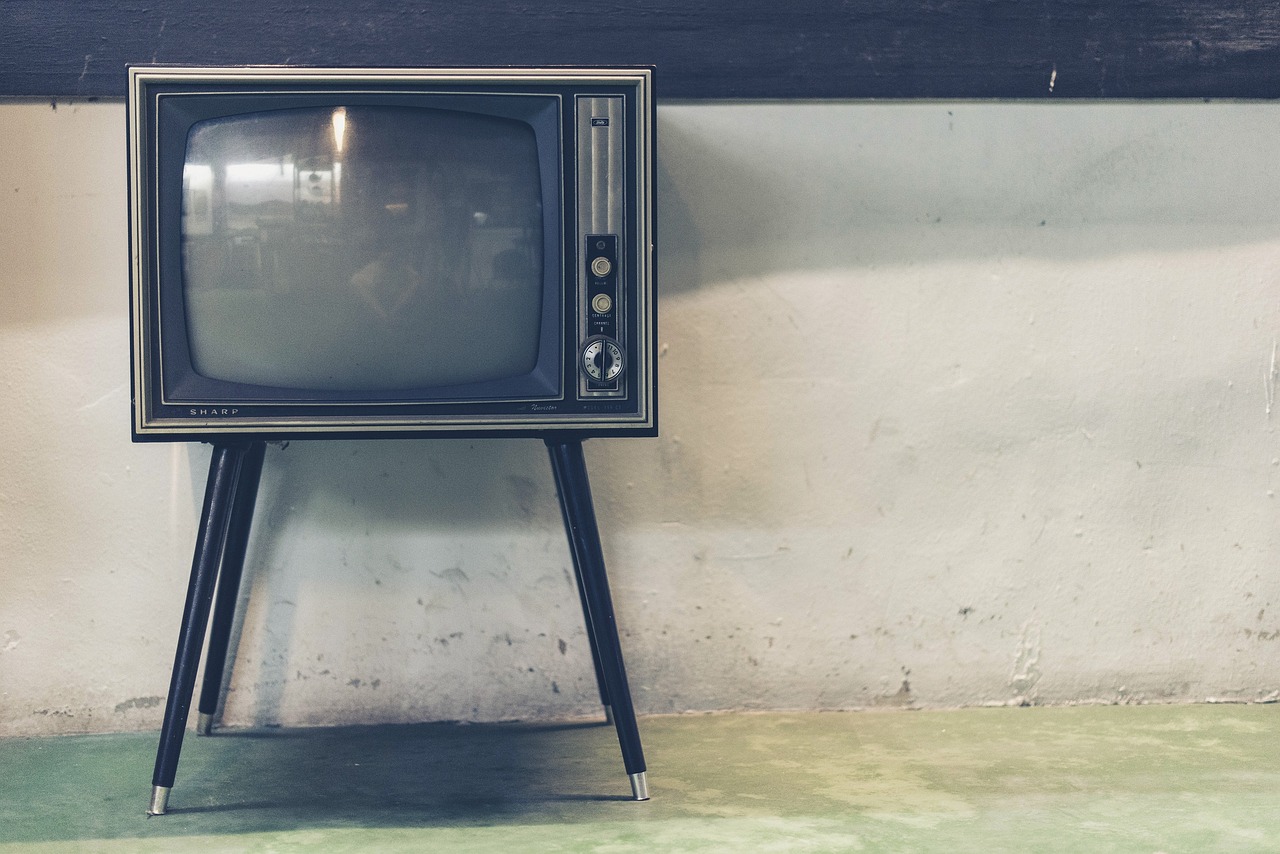The development of the humble home television is often something we take for granted. Starting with the heavy, boxy and simple CRT TVs that many of us grew up with, televisions have evolved into powerful systems with huge feature sets at low costs. It’s taken a long time to get to this point, but it also makes us wonder what might come next. Looking at the current trajectory and technological limitations, we want to predict the future of TVs for our entertainment uses and the impact they will have on our experiences.
Stronger software capabilities
Arguably the most impressive part of modern TVs is their smart functionality, which comes from their software, with smart TV features such as browsers being an example of these software developments. In the future, this technology will expand to offer much more interactive entertainment experiences. A possible example could be the extension of online games to smart TVs, such as bingo games. Currently, people can access bingo offer with bonus and special features like free spins and cash prizes on their laptops or mobile devices. What if they could also do it on their TVs, with built-in apps? The next step could also be software that allows people to play casino games directly on smart TVs. This expansion may be supported by the Igaming industry itself, which has facilitated similar moves from PCs to smartphones and tablets.
Better software could also open up the number of apps and level of customization that could become standard on smart TV systems. With paired Bluetooth keyboards and mice already offered on some systems, it may one day be standard for a smart TV to offer similar potential to a low-budget laptop or PC. As the hardware supporting the software continues to improve, work apps would be a natural fit here, extending televisions beyond entertainment alone.
Better mobile integration
With improved software and hardware would also streamline the potential to pass content between mobiles and TVs. This can already be handled with many apps through account linking and screen mirroring, but current solutions are somewhat clunky and poorly supported. System-wide support for mobile connectivity can improve functionality tremendously and allow us to use a mobile as something like an advanced remote control. From basic TV control, to sharing what we’re laughing at with friends and family members, there’s a lot left to explore here.
Diminishing returns in images
Ever since the age of HDTV, televisions have been competing to offer extra special features such as higher resolutions and HDR. Such elements have been impressive in the past, but they have now reached a point where expensive new upgrades are increasingly indistinguishable from what came before. This is already the case with 8K displays over 4K, and will likely soon be the case for high-quality HDR support.
What this hopefully means is that improving manufacturing technology will lead to lower costs for users, but it can also manifest itself in seeking improvements that aren’t necessary. For example, higher refresh rates are very useful in PC monitors but are not beneficial for most TV uses.
The one big takeaway from all this potential for the future is that the suite of entertainment features and options available from tomorrow’s televisions will only improve. Whether you’re catching up on old classics or using your TV to write emails during commercial breaks, there’s plenty left on the table to explore!





